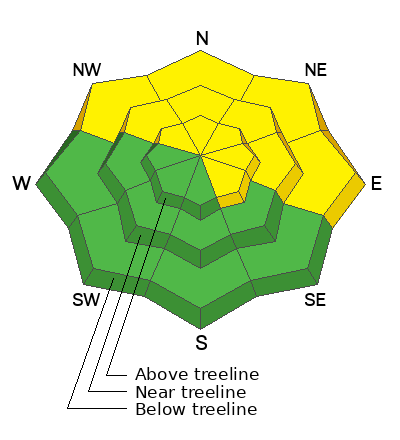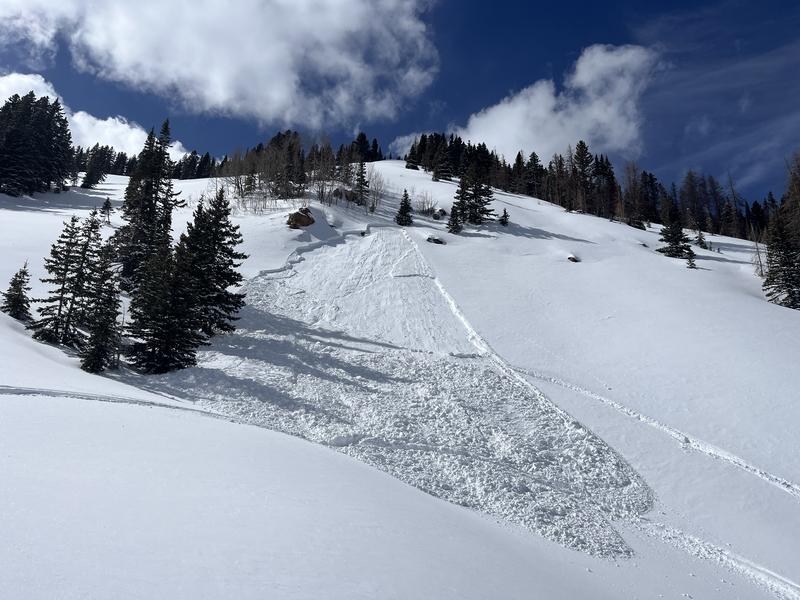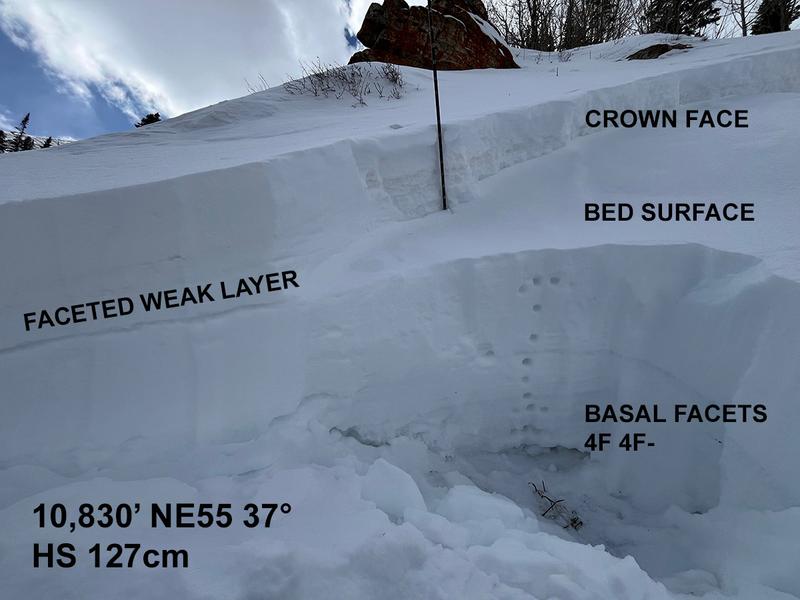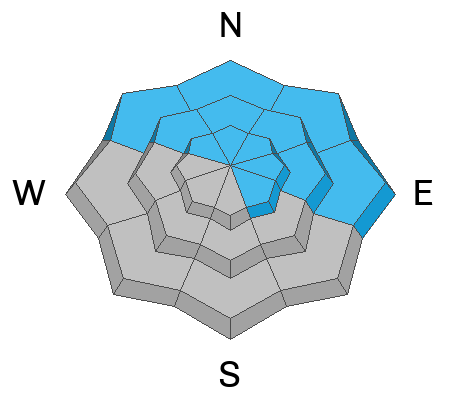Forecast for the Moab Area Mountains

Issued by Eric Trenbeath on
Thursday morning, March 7, 2024
Thursday morning, March 7, 2024
The avalanche danger is MODERATE. You can still trigger an avalanche 1'-2' deep where slabs of wind drifted snow exist over faceted weak layers high up in the snowpack, primarily on slopes facing NW-N-NE-E. In these same areas, slabs of wind drifted snow have added stress to a persistent weak layer at the base of the snowpack. Triggering an avalanche this deep is unlikely but the consequences would be devastating. Minimize your risk by avoiding steep, rocky, thinner snowpack areas and slopes with complex terrain features.

Low
Moderate
Considerable
High
Extreme
Learn how to read the forecast here









